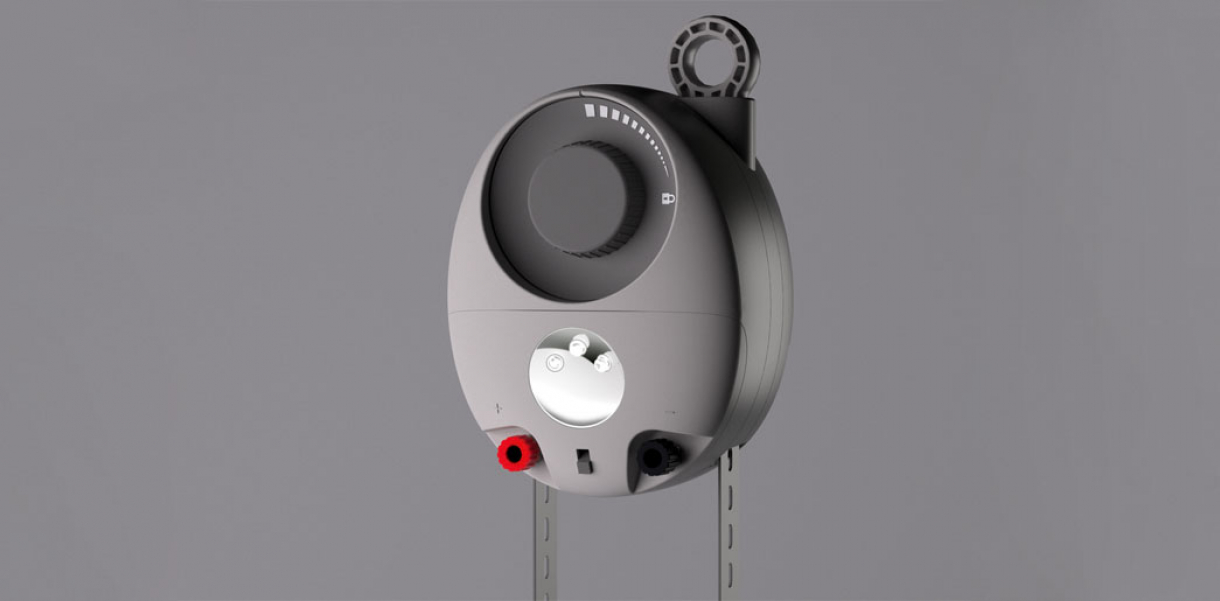Millions of women and children around the world suffer from lung cancer, eye infections, cataracts and severe burns from kerosene lamps, which paradoxically account for a staggering 20% of the average household income. However, this could all be solved by Isaac Newton’s friend gravity and a revolutionary new design that turns rocks, sand and earth into bright lights for millions of people. It is called the GravityLight.
The World Bank estimates that 780 million women and children around the world inhale a volume of smoke equivalent to smoking two packets of cigarettes a day – leading to the statistic that 60% of female lung-cancer victims in developing nations are non-smokers. Much of this smoke comes from kerosene lamps. The fumes also cause eye infections and cataracts, while 2.5 million people per year suffer severe burns from kerosene lamps in India alone. It also comes with a huge financial burden: the cost of kerosene for lighting alone can account for 20% of household income.
Much like our other INDEX: Award 2013 Finalist d.light s1, Gravity Light is fighting darkness in the developing world and the dangers of kerosene lamps through the use of sustainable innovations. The difference between the two lamps however, lies within their technology. Gravity Light does not need solar power to work. Instead, it relies on manpower to shine. It is a light source that operates on the stuff that surrounds you – earth, rocks or sand – with the helping hand of gravity.
The GravityLight is simply charged by a bag that is filled with around 9kg of material and hung from a cord below the light. As the bag descends, a series of gears inside the device translates this weight into energy, providing 30 minutes of light. The light strength can be adjusted, from strong task lighting to a longer-lasting low-level glow, and two terminals on the front allow it to be used as a generator so it can recharge other devices including radios and batteries.
It is a revolutionary new approach to storing energy and creating light. It takes only 3 seconds to lift the weight, which powers GravityLight, creating 30 minutes of light on its descent. For free. Following the initial inspiration of using gravity, and years of perspiration, the makers have refined the design and it is now ready for production. When mass-produced the target cost for this light is less than $5.
This design is great for people who live in less sunny places. They cannot rely on solar power, and need new, cheap technologies to provide them with lighting. GravityLight is a great example of people looking at the users, looking at the users’ environments and societies, and designing the best solutions for the issues at hand.






